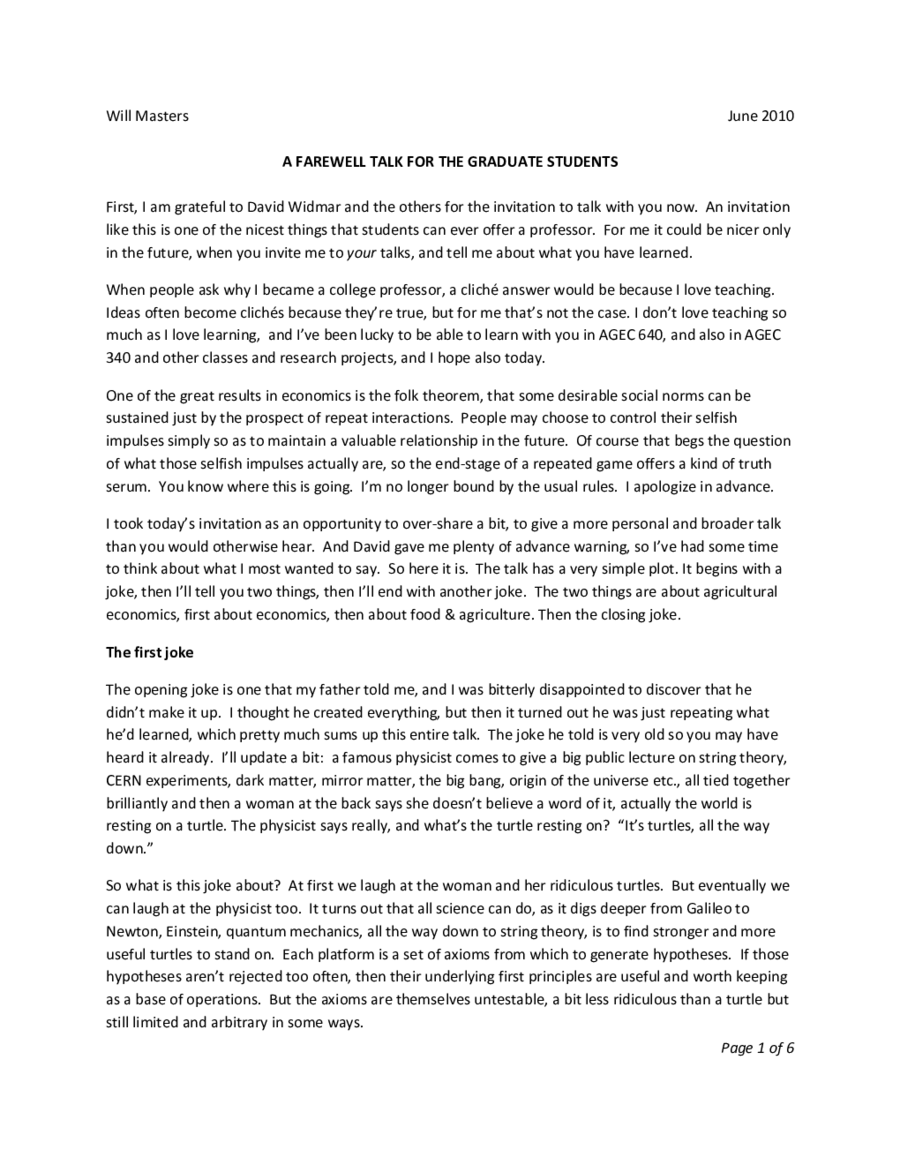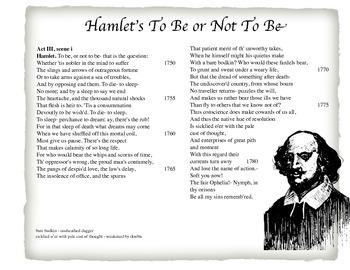
Is it nobler to suffer through all the terrible thingsįate throws at you, or to fight off your troubles, To live, or to die? That is the question. However, a modern English rendering can untangle some of the puzzling lines and Elizabethan turns of phrase.īen Florman, LitCharts’s co-founder, wrote the following modern English translation of Hamlet’s soliloquy: The speech is a stunning work of art and the most-studied of all of Shakespeare’s plays. A modern English translation of Hamlet’s soliloquy With this regard their currents turn awry,Īnd lose the name of action. Is sicklied o’er with the pale cast of thought,Īnd enterprises of great pitch and moment Thus conscience does make cowards of us all, The undiscovered country from whose bournĪnd makes us rather bear those ills we have With a bare bodkin? Who would fardels bear,īut that the dread of something after death, That patient merit of th’ unworthy takes,

The pangs of despised love, the law’s delay, Th’ oppressor’s wrong, the proud man’s contumely, When we have shuffled off this mortal coil,įor who would bear the whips and scorns of time, To sleep, perchance to dream-ay, there’s the rub,įor in that sleep of death what dreams may come That flesh is heir to-’tis a consummation The heartache and the thousand natural shocks Or to take arms against a sea of troubles,Īnd, by opposing, end them? To die, to sleep. The slings and arrows of outrageous fortune, Whether ’tis nobler in the mind to suffer To be, or not to be? That is the question. First, here is Hamlet’s soliloquy in its entirety. There’s more to it, of course, than “to be or not to be.” Here are some features the speech that you may not have been aware of.

It’s likely that you have heard, read, or said the famous opening words of the speech: ‘to be or not to be.’
#To be or not to be monologue full
The full exhibit accompanying the First Folio will be on display through December.Hamlet’s soliloquy contains what is probably the most-quoted line in all of Shakespeare: ‘to be or not to be.’ TIME’s compilation of the top 15 Shakespeare quotes put it at the top of their list.

For example, the page’s earlier stage directions show that Ophelia was actually wandering around reading a book behind the title character, meaning that the most famous soliloquy of all time… wasn’t.ĭuring this hour of Talk of Iowa, host Charity Nebbe visits the exhibit and talks with Hooks about the First Folio, which will be on display until September 25 th. The Folio, like all of the Folger’s copies on tour this year, is open to Hamlet’s iconic “To be or not to be” speech while it's on display, and Hooks points out that there are many other interesting things to see besides the famous soliloquy. “Even if you don’t happen to be a Shakespearean or an expert in old books, there’s a lot you can learn from the experience of looking at this book – particularly in the space that we have here,” Hooks says. Its only stop in Iowa is at the University of Iowa’s Main Library, and Adam Hooks, Associate Professor in the Department of English and the Center for the Book, was instrumental in bringing it here. To mark this anniversary of the Bard’s death, the Folger Shakespeare Library is sending out copies of the First Folio to all fifty states.


 0 kommentar(er)
0 kommentar(er)
